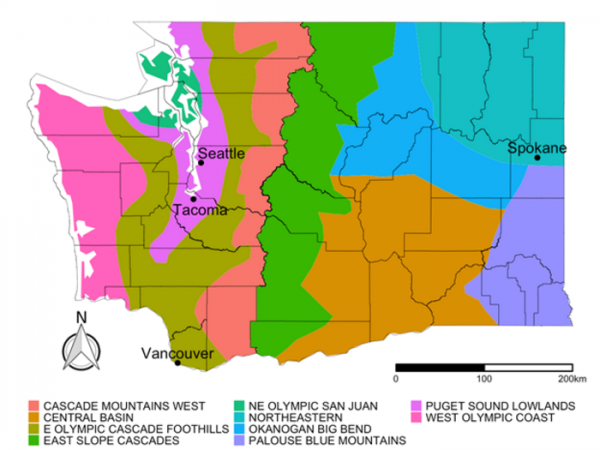Heat-related deaths are an issue across Washington state, and they occur even in regions that typically have milder climates, according to a University of Washington study published Aug. 30 in the journal Atmosphere. This is the most extensive study yet of heat-related mortality in Washington state, and the first to look beyond the major population centers to include rural areas.
Statewide, the odds of dying were on average 8% higher in recent decades on days when the combination of temperature and humidity, known as the humidex, was in the top 1% of recorded values at that location, compared to a day with a mid-range value for humidex.
“This study shows that heat-related mortality, even in a temperate area like Washington state, is a current environmental public health problem,” said lead author Logan Arnold, who did the work as a UW master’s student in quantitative ecology and resource management. “It’s not a future public health problem that will exist in a warming climate — it’s something that we are already experiencing now.”
Read More: University of Washington
The study looked at mortality data in 10 federally defined climatic zones for Washington state, shown here, from 1980 to 2018. Heat-related mortality risks were higher in four climate zones: the Puget Sound lowlands (fuchsia); east slope Cascades (mossy green); the Northeast Olympic San Juan (sea green); and Northeastern (teal). (Photo Credit: Arnold et al./Atmosphere)


